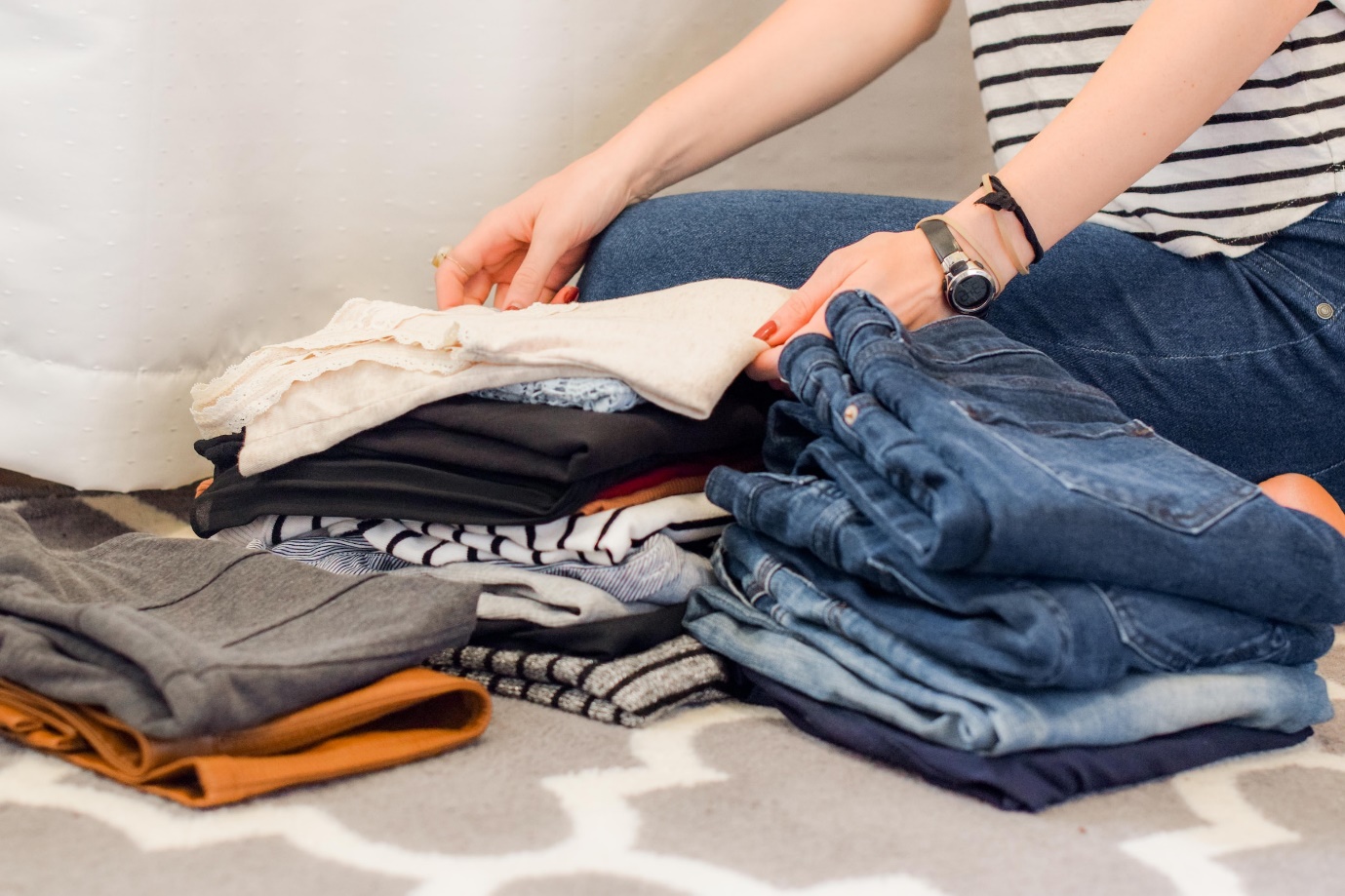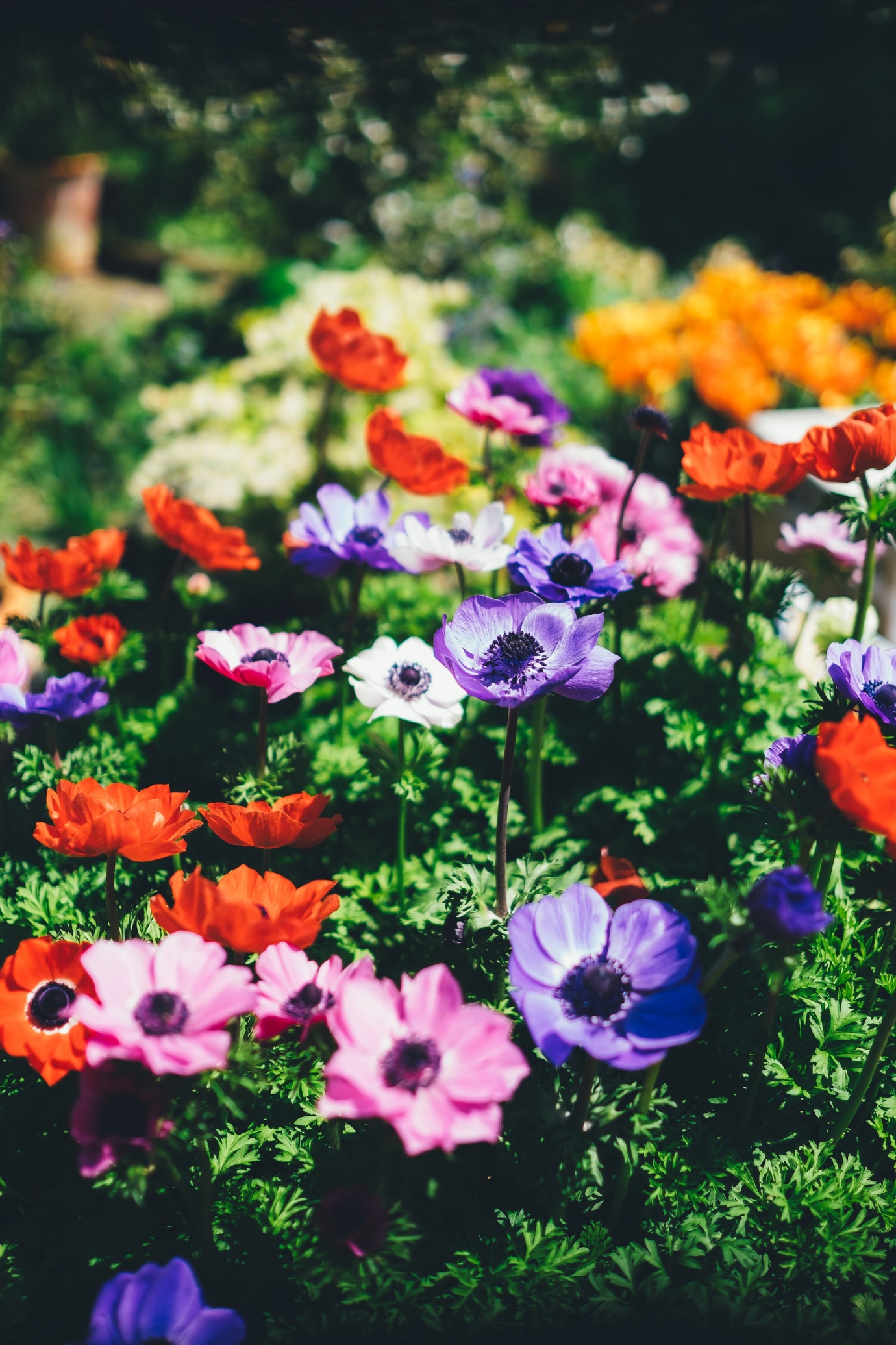We all know by now that the way that we live our lives has a direct impact on the planet. We’re surrounded by the effects of climate change, with rising temperatures and freak weather becoming an increasingly common occurrence. But whilst it’s easy to think of some of the big changes that could be made, such as installing solar panels or switching to an electric car, it’s often not that easy to implement them, especially if you’re on a budget.
Fortunately, there are ways to make your home more eco-friendly without breaking the bank. Going green doesn’t have to include costly home improvements or huge lifestyle changes; everyday swaps make a difference too. Every change matters – if we all did something, however small, the impact would soon add up. So, if you’re interested in being sustainable on a tight budget, read on.
c
Make your own cleaning materials
If you’re someone who buys a new bottle of cleaning product for every room in your house, then there are definitely some changes you can make. It’s true that there are some eco-friendly brands out there, but many shop-bought sprays and cleaners are full of chemicals. Whilst they’re ruthlessly efficient at removing germs, they can be harmful to our health, and the environment.
Volatile organic compounds (VOCs) are released when using these products, which can trigger allergic reactions, headaches and chronic respiratory problems. They’re given away by the telltale artificial smell that lingers in the air, even if the product itself is scented to mask the odour. Instead, why not make your own sustainable cleaning products? Not only will they be better for your health and the environment as they use natural ingredients, they can also save you money. These ingredients can be combined in a multitude of ways to create cleaners appropriate for different areas of the home.
Photo: Unsplash
Declutter your belongings
Do you have wardrobes and boxes overflowing with belongings that you haven’t looked at in months? Then it’s time for a clear out. Sort things into piles: to keep, to donate, to throw away, and to store. Items that you are going to keep can be carefully put back in a way that means you can actually see what you own, and use it regularly. Donations can be taken to a local charity shop, sold or given away online via a secondhand site.
Items that are no longer fit for use can be thrown away responsibly, with as much going to recycling as possible. Even clothes can be recycled at textile banks that can be easily found in your local area. Anything that you really want to keep for later can be put into a secure storage unit.
This might not seem like an eco-friendly step, but you’d be surprised how much we’re all keeping in our homes. By donating or recycling items, you’re ensuring that these materials can be used again by someone else, rather than going to waste in your wardrobe.
Photo: Unsplash
Keep things local
The transportation industry has a shockingly high carbon footprint. We all love the convenience of an online delivery service, but have you ever thought about how far the products you’re buying have travelled? In some cases, we buy items that are shipped from across the world because they’re slightly cheaper, without stopping to think about the environmental cost. Instead, try and support local businesses where you can. Not only will this put money back into the economy where you live, but you’ll slash your carbon footprint.
You can bring this local mindset into your outside space too, no matter what size it is. Choosing native plants will support pollinators such as bees, and won’t use up lots of natural resources like water to survive, as they’re already adapted to the local environment.
Keep things simple
Often, the best way to be more sustainable is to take things back to basics, by minimizing what you use and working with the environment around you. It doesn’t need to cost the Earth in terms of money – or in regard to natural resources. What changes can you make today?



